Inside China Fireworks: How Aerial Shells Create Stunning Night Skies
When we watch a large-scale China fireworks show from afar, we marvel at the dazzling explosions in the sky—but have you ever wondered what these fireworks look like on the ground, or how they’re actually launched? Unlike handheld sparklers or small fountain fireworks, these massive bursts of color are powered by a professional launch system that uses mortars and aerial shells. In this article, we’ll explore the fascinating behind-the-scenes mechanics of China’s large fireworks displays, from the structure of aerial shells to the engineering behind their spectacular designs.
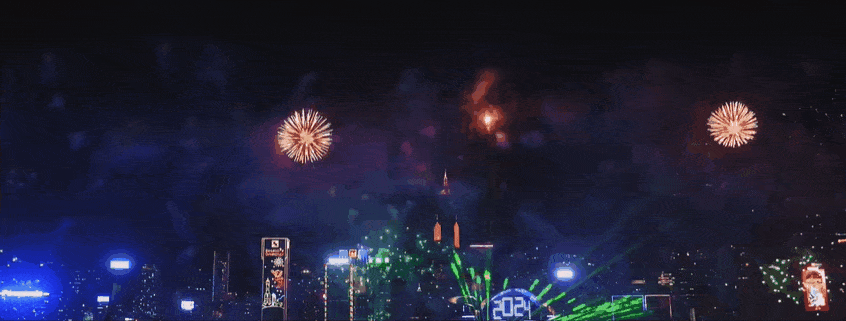
Aerial Shells: The Core of Large Fireworks Displays
In a large fireworks show, the fireworks we see exploding like flowers high in the sky are launched from the ground using a combination of mortar tubes and shells. First, let’s look at the seemingly ordinary yet essential mortar tube, which is firmly secured to the ground:
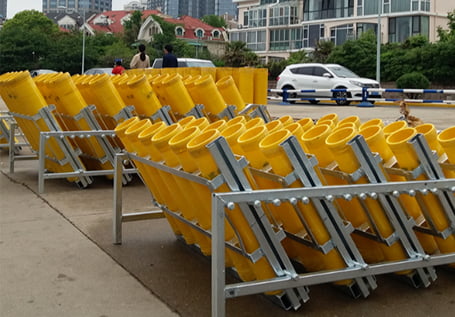
Next comes the specially crafted shell—technically called an “aerial shell.” It looks surprisingly like a plain wooden sphere:
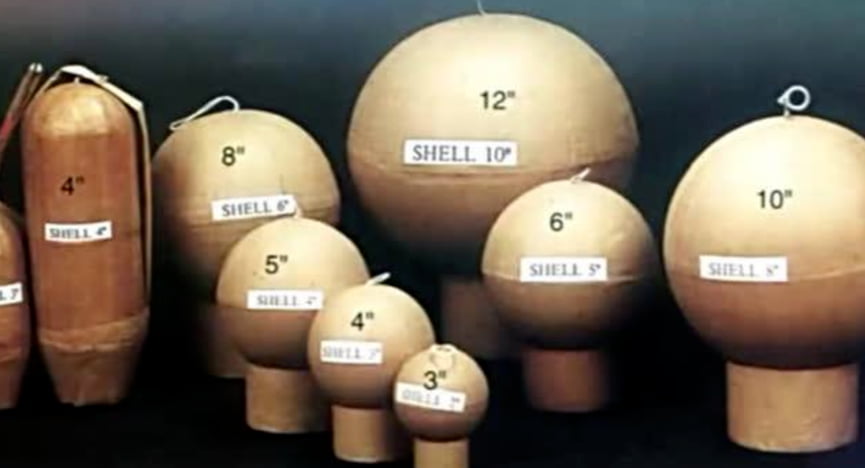
An aerial shell is composed of two main parts: the shell body and the lifting charge. The internal structure is relatively simple:
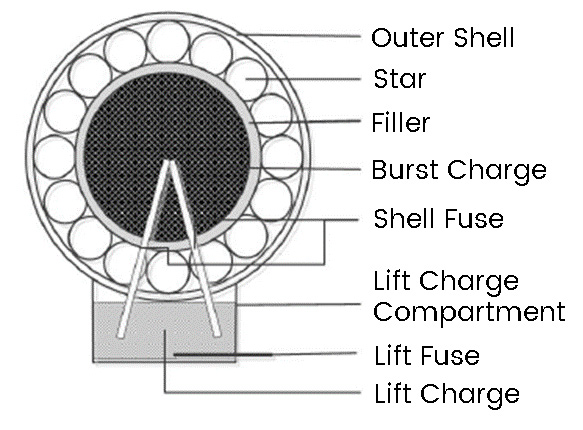
During launch, the shell is loaded into the mortar tube in the correct direction, leaving only the fuse outside:
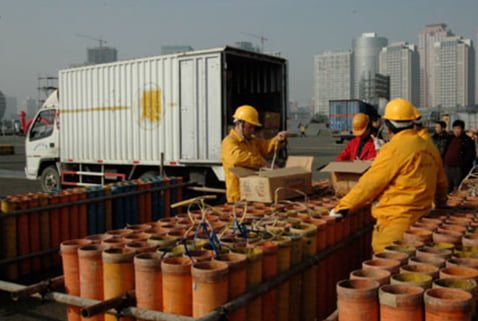
The fuse connects directly to the lift charge compartment. Once ignited, the fuse sets off the black powder lift charge—an ideal material due to its low cost, reliability, and ease of ignition. This explosion propels the shell into the air and simultaneously lights the time-delay fuse on the shell. This timing fuse is calculated precisely so that it reaches the burst charge at the shell’s apex, igniting it to spread the “stars” in all directions, forming the brilliant effects we see in the sky.
These “stars” are the components responsible for the color and shape of the explosion—a term that evokes a touch of romance in the world of pyrotechnics.
Aerial Shell Sizes and Records
Despite their simple structure, aerial shells allow for a wide range of creative variation. Shells typically come in standard sizes: 3, 4, 5, 6, 8, and 12 inches in diameter. The larger the shell, the more expansive its burst in the sky.

The current Guinness World Record for the largest aerial shell stands at an astounding 62 inches (about 144 cm) in diameter, weighing over 1.27 tons. The resulting explosion lit up the entire night sky in breathtaking red:

How Are Specific Firework Shapes Created?
1. Star Placement Method
Once you understand the internal structure of aerial shells, it’s easier to grasp how specific visual effects are achieved. A natural approach is to adjust the placement of stars inside the shell.
Spherical symmetry: When stars are arranged in a uniform spherical shell, the explosion results in a symmetrical ball shape. Depending on burn time and trail effects, different visual styles can emerge:
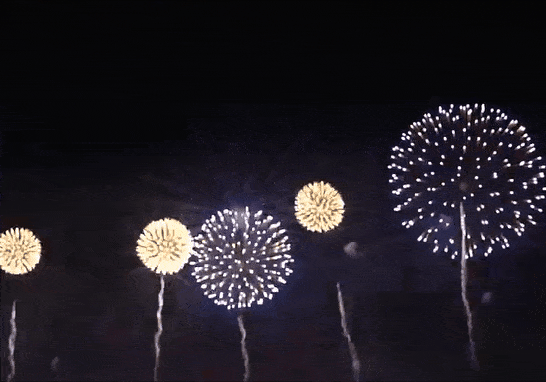
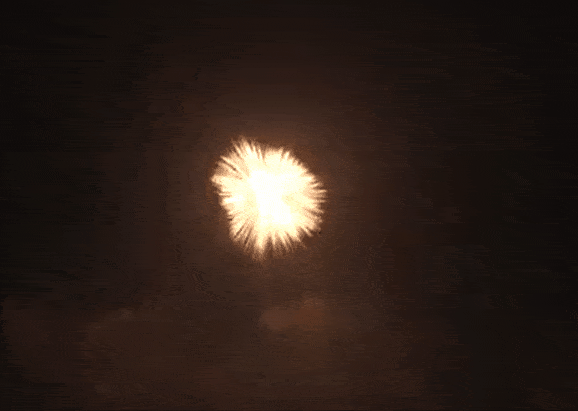
Multi-layer shells: Stars placed in multiple concentric shells with varying burn times and colors can produce even more stunning visuals:

Advanced symmetry: Complex shapes can be achieved through precise arrangement—though still mostly symmetrical. The image below summarizes many known patterns:
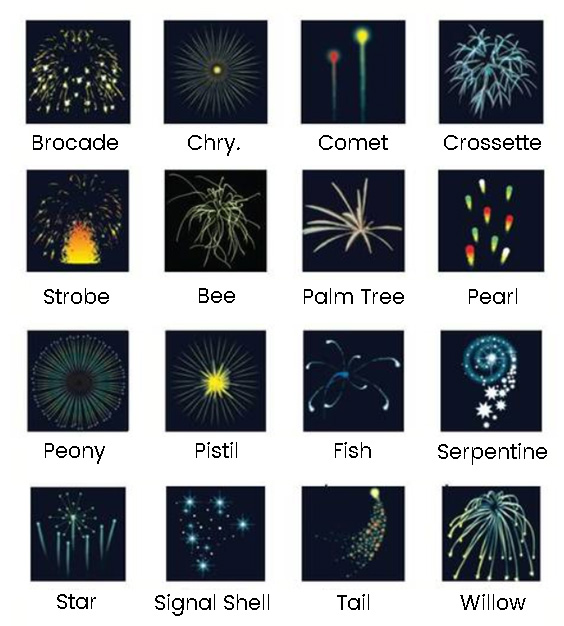
Can non-symmetrical shapes be created? To some extent, yes. For instance, adding additional rings of stars produces unique effects:
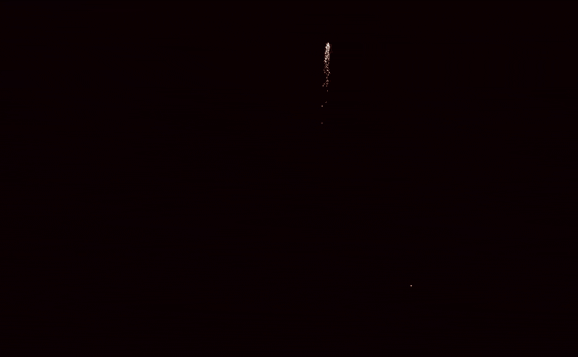
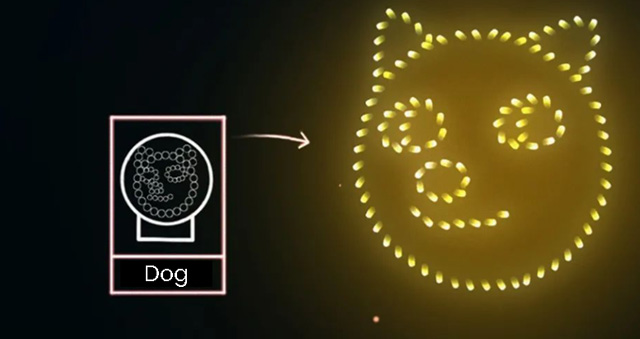
However, custom shapes are challenging. Most firework displays use spherical patterns. Why?
- Efficiency: Custom shapes require larger shells, more material, and more precise arrangements.
- Unpredictability: The motion of stars during explosion is chaotic. Even in ideal symmetrical placements, collisions and unpredictable forces can distort the intended design:
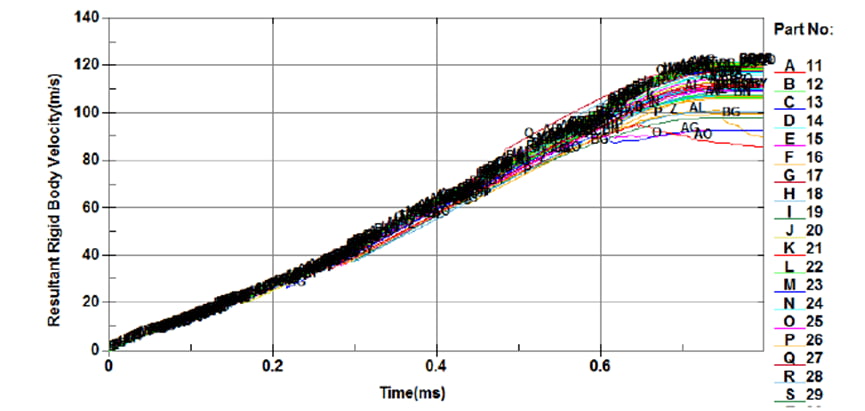
That said, with precise star placement and timing, some simple patterns like rings, hearts, or directional bursts can be approximated:
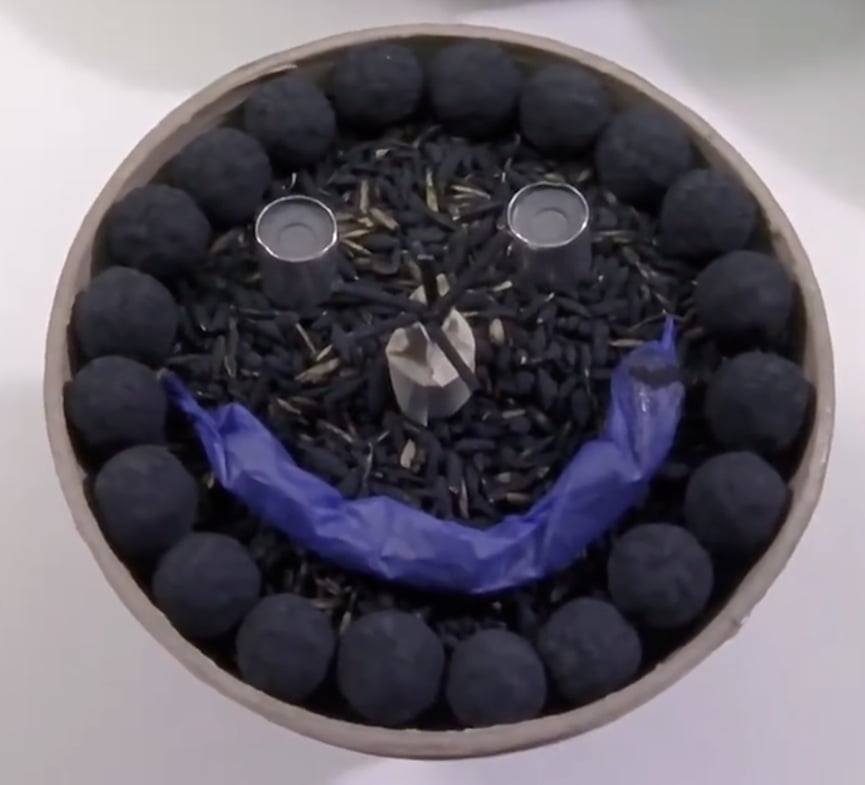
Placement at varying distances from the center affects how fast stars travel. Outer stars are exposed to greater explosive force, gaining higher speeds and creating spread, which helps define the visual pattern:
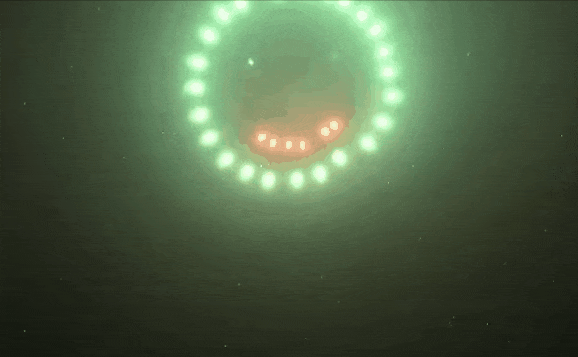
Hearts and other basic 2D shapes can be achieved in a similar fashion:
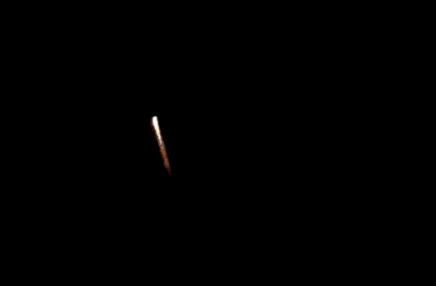
2. Ground-Controlled Launch Method
For more accurate and complex imagery, ground-launch coordination is used. By carefully pre-positioning multiple launch points and firing them with precise timing, intricate designs can be drawn in the sky—far beyond what internal star placement allows:
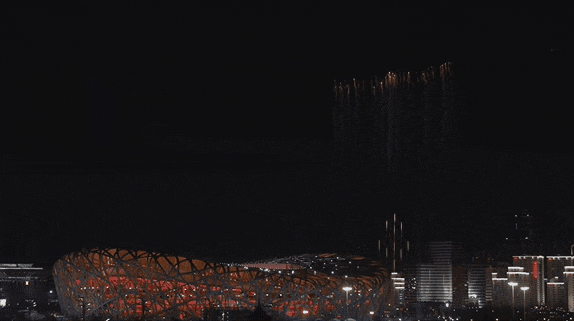
This method allows for stunning displays that would be impossible using a single shell alone.
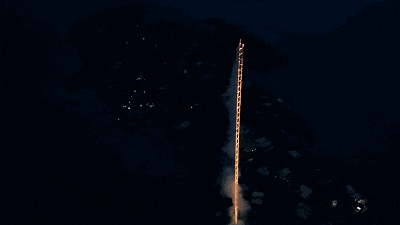
Conclusion
Large-scale fireworks are powered by aerial shells, which can bloom into peonies, chrysanthemums, willows, palm trees, and more. By altering the position of the stars inside the shell, simpler shapes can be created. For more complex patterns, designers turn to precise ground-launch control systems.
We look forward to even more breathtaking displays in the future, as China fireworks continue to evolve with improved craftsmanship and creative innovation.

